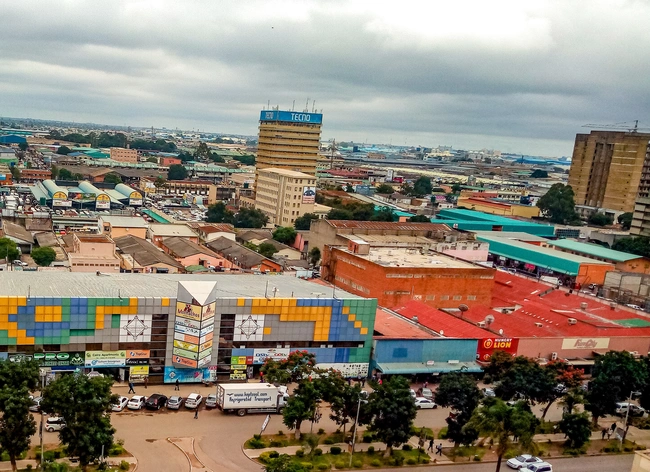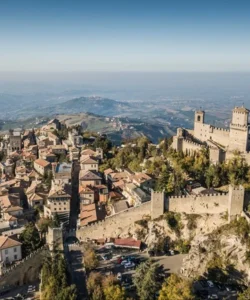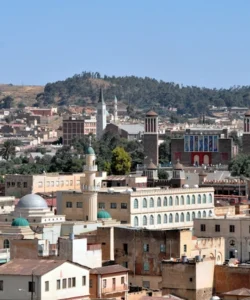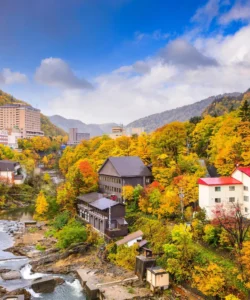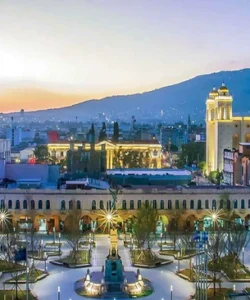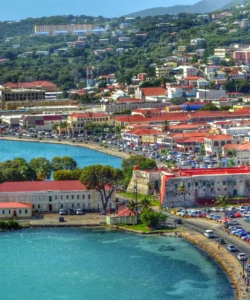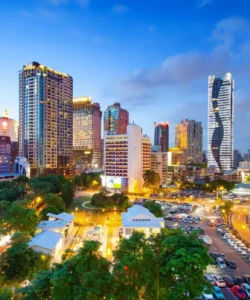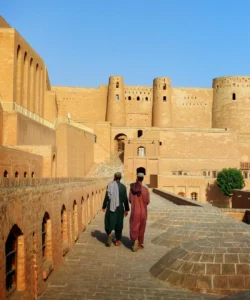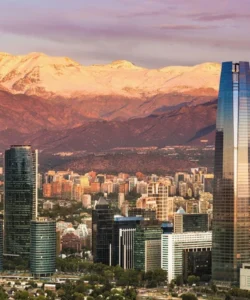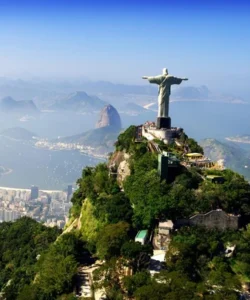Zambia is a landlocked country in Southern Africa. It is bordered by the Democratic Republic of the Congo, Tanzania, Malawi, Mozambique, Zimbabwe, Botswana, and Namibia. The country is known for its abundant wildlife, vast wilderness, and the iconic Victoria Falls.
![]()
Here’s a breakdown of what Zambia offers:
- Area: Approximately 752,612 square kilometers (290,583 square miles).
- Population: (2025 estimate) Around 21,706,928.
- Language: The official language is English, used in government and education. However, many indigenous languages are spoken, with Nyanja and Bemba being the most widespread.
- Currency: Zambian Kwacha (ZMW).
- Religion: Christianity is the predominant religion (over 95%), with various Protestant denominations and the Catholic Church having significant followings. Traditional African religions, Islam, and Baha’i Faith are also present.
- Capital: Lusaka.
- Major Cities: Lusaka, Ndola, Kitwe, Livingstone.
Attractions & Wonders:
Zambia is a paradise for nature lovers and adventure seekers:
- Victoria Falls (Mosi-oa-Tunya – “The Smoke that Thunders”): One of the Seven Natural Wonders of the World, this colossal waterfall on the Zambezi River is a UNESCO World Heritage site and a must-see. Activities like bungee jumping, gorge swings, and white-water rafting are popular here.
- National Parks: Zambia boasts numerous national parks, offering incredible wildlife viewing opportunities.
- South Luangwa National Park: Renowned for its walking safaris and high concentrations of leopards, hippos, and crocodiles.
- Kafue National Park: The largest national park in Zambia and the second largest in Africa, known for its diverse wildlife, including antelopes, lions, cheetahs, and elephants.
- Lower Zambezi National Park: Offers fantastic canoeing and kayaking experiences amidst abundant wildlife.
- Mosi-oa-Tunya National Park: Home to a sanctuary for white rhinos, near Victoria Falls.
- Lake Kariba: A vast man-made lake offering fishing, houseboating, and a relaxing “Riviera” atmosphere in Siavonga.
- Lake Tanganyika: The second deepest freshwater lake in the world, with Kalambo Falls nearby.
- Lilayi Elephant Nursery: A rehabilitation center for orphaned elephants.
- Lusaka National Museum: Provides insights into Zambia’s history and culture.
- Markets: Immerse yourself in local life by visiting markets in Lusaka like the Town Centre Market or Lusaka City Market for local wares and a vibrant atmosphere.
Architecture:
Zambian architecture largely reflects a blend of traditional styles and colonial influences. Modern buildings are emerging in urban centers, particularly Lusaka, which is experiencing significant development.
Roads:
Road infrastructure in Zambia is developing, with major routes connecting cities. However, some rural roads can be challenging, especially during the rainy season.
Hotels & Restaurants:
Zambia offers a range of accommodations, from luxurious resorts, especially around Victoria Falls and in national parks, to budget-friendly guesthouses and boutique hotels. Lusaka, as the capital, has a wide variety of hotels and restaurants catering to different tastes.
- Hotels: Popular options include Radisson Blu Hotel Lusaka, The Royal Livingstone Victoria Falls Zambia Hotel by Anantara, and Avani Victoria Falls Resort.
- Restaurants: In Lusaka, you can find a surprising array of cuisines, including traditional Zambian, international, Indian, Greek, and more. Many restaurants are located within hotels or in converted homes.
Cuisine:
Zambian cuisine is hearty and often features nshima, a thick porridge made from maize flour, as the staple. Nshima is typically served with various “relishes” (side dishes):
- Ifisashi: A popular stew made with groundnuts, spinach, and other vegetables, sometimes with added meat.
- Kapenta: Small dried sardines from Lake Tanganyika, either cooked fresh or rehydrated.
- Meat and Fish Relishes: Stews made with beef, chicken, or fish, often simmered with tomatoes, onions, and spices.
- Vegetable Relishes: Made with indigenous vegetables like pumpkin leaves, okra, or cassava leaves.
- Traditional snacks: Include roasted or fried cassava and groundnuts.
Zambian food is generally flavorful and diverse, with regional variations and influences from different ethnic groups.
